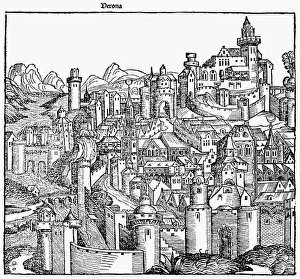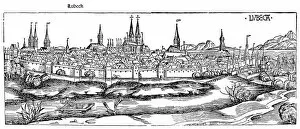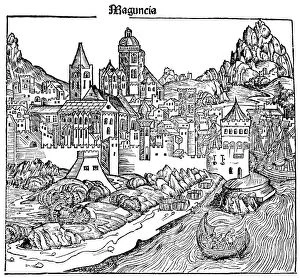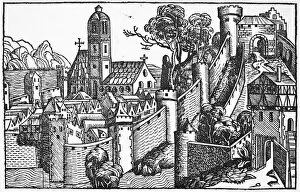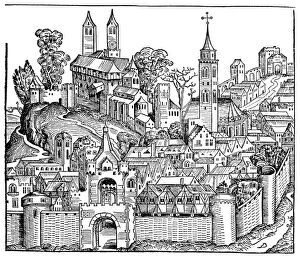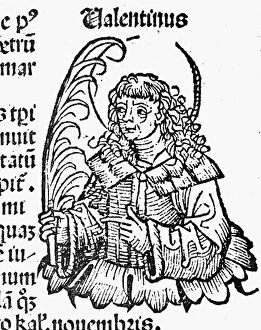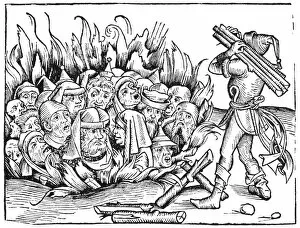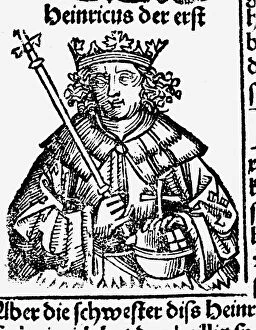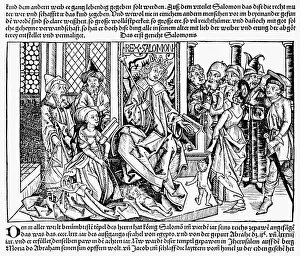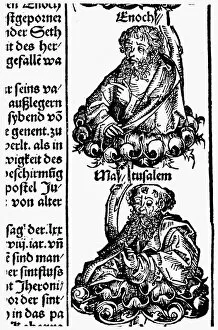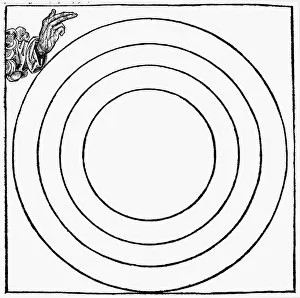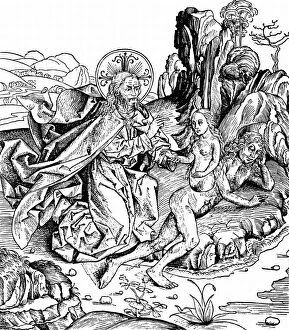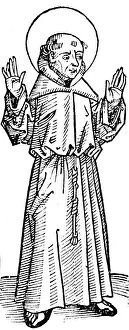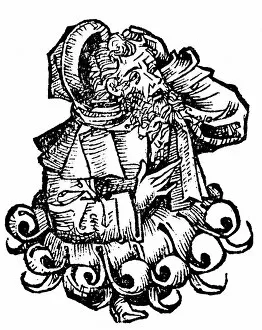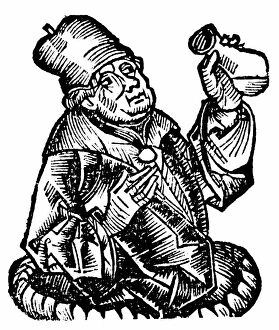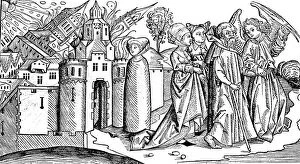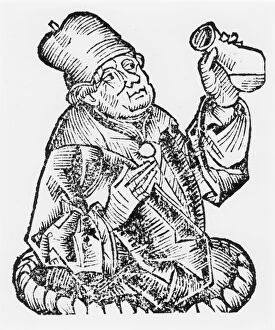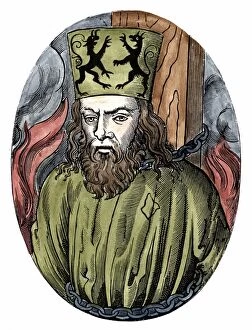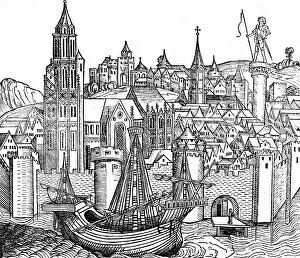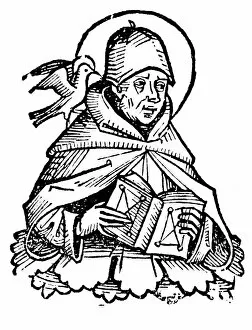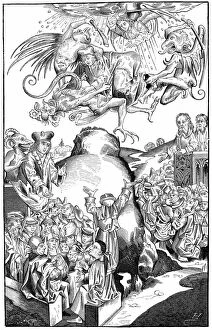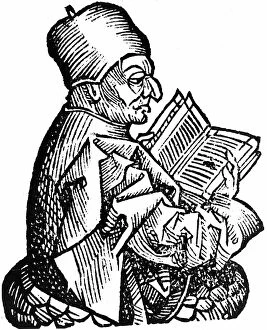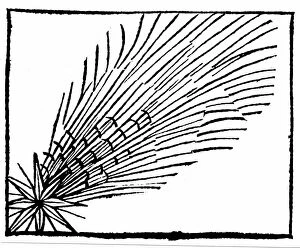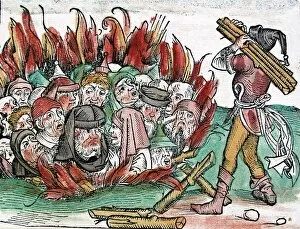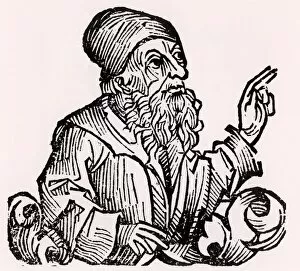Schedel Collection (#3)
"Schedel's Chronicle: A Glimpse into the Past" Step back in time with Schedel's Chronicle
For sale as Licensed Images
Choose your image, Select your licence and Download the media
"Schedel's Chronicle: A Glimpse into the Past" Step back in time with Schedel's Chronicle, a remarkable collection of engravings and illustrations that offers a captivating view of cities, events, and historical figures from the 15th century. This extraordinary work takes us on an immersive journey through fortified cities and ancient landscapes. Immerse yourself in the grandeur of Alexandria, as depicted in Liber chronicarum. The intricate engravings transport you to this legendary city, allowing you to witness its splendor firsthand. Marvel at its architectural wonders and imagine the bustling streets filled with merchants and scholars. Nuremberg Chronic presents another enchanting vista - an engraving showcasing the city of Nuremberg itself. Admire its medieval charm and envision what life was like within these walls centuries ago. Let your imagination wander through narrow cobblestone streets lined with timber-framed houses. But it is not only cities that come alive within Schedel's Chronicle; biblical tales also unfold before our eyes. Witness Moses and Joshua descending from Mount Sinai carrying the sacred tablets – a powerful image capturing their divine encounter. Feel their awe-inspiring presence as they shape history. Hartmann Schedel's masterpiece captures pivotal moments throughout history too – such as Pope Pius II meeting Emperor Frederick III of Germany. This depiction transports us to a momentous occasion where two influential figures converge, shaping the course of politics and religion during this era. The chronicle also delves into darker chapters, shedding light on tragic events like "Burning of the Jews at Deggendorf. " Though unsettling, these images remind us of humanity's capacity for both good and evil – lessons we must never forget. Finally, let your gaze fall upon Jerusalem – a city steeped in religious significance for countless generations. Wolgemut’s artistry brings forth every detail imaginable; you can almost hear echoes of prayers and feel the weight of history upon your shoulders.

